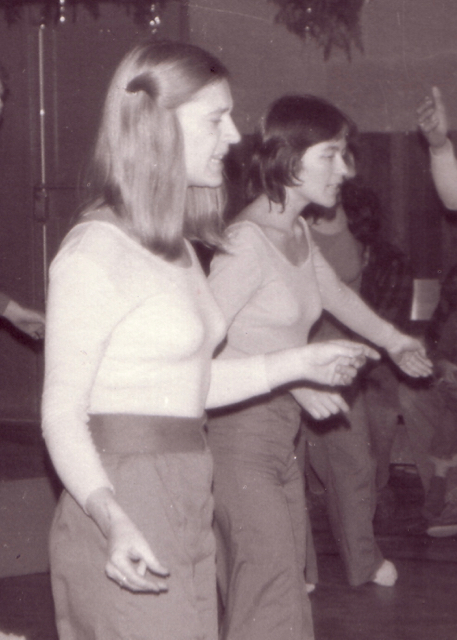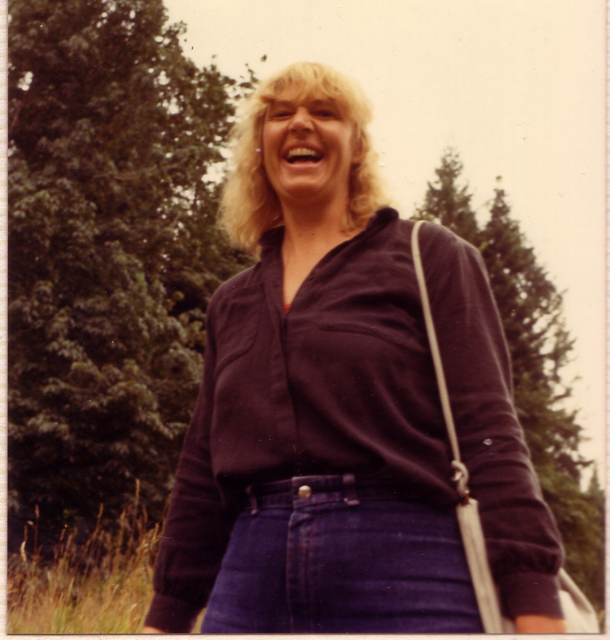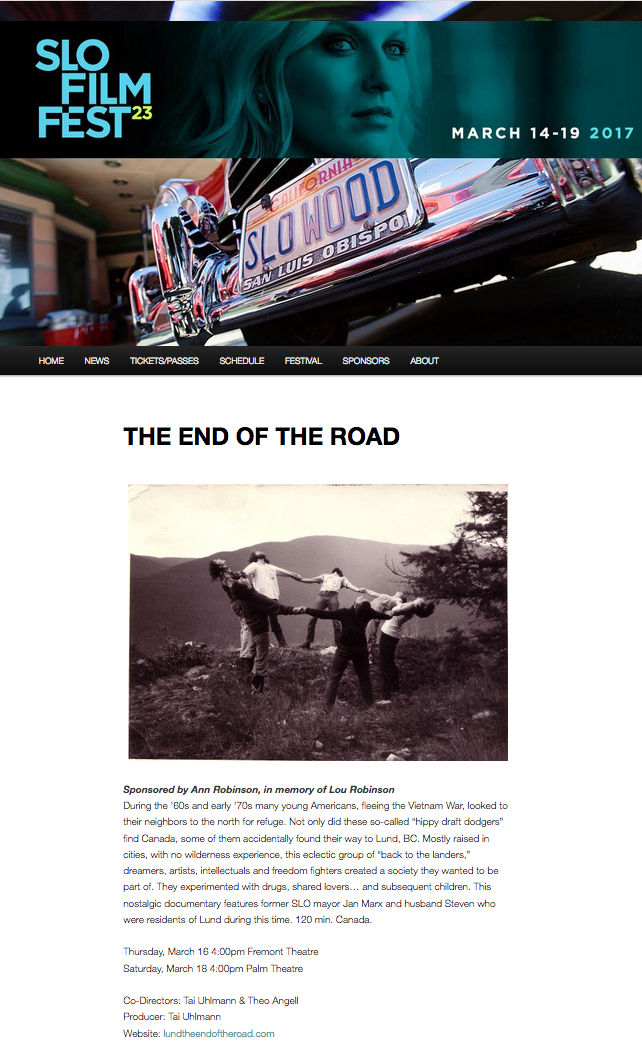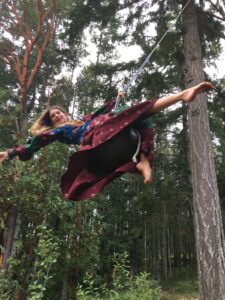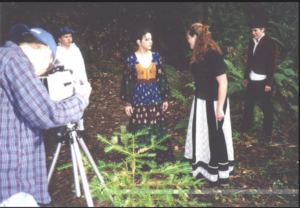Invitation to Flickr photo pool for End of the Road–2006
Tuesday, August 15th, 2006This website grows out of a long-envisioned plan to pool pictures and words recalling experiences of people whose paths converged in Lund B.C. during an ever more remote period of history. It’s brought into being, however, by a very current development in digital technology: the invention of photo-sharing applications like Flickr.
It happens that one of the two creators of Flickr, Stewart Butterfield, was born in that place at that time. The cover story in Newsweek Magazine of April 6 2006 features Stewart and his wife Caterina’s invention under the headline, “Putting the We in Web.” www.msnbc.msn.com/id/12015774/ An underlying purpose of this invention is to promote human community in a fragmented and depersonalized culture. This also was an underlying purpose of many people who converged at the end of the road thirty or so years ago.
Whether they stayed permanently or departed, the memories of those days in that place seem to have a special value for those who lived through them, their descedants and friends, and even strangers who hear the stories and see the pictures. Though a couple of books about life around Lund were published at the time, an adequate history of the inspiration and madness of this experiment remains to done. In the spirit of community collaboration, perhaps this is a way to start.
The first picture posted in this collection records the moment I learned a little about Flickr from David and Norma Butterfield, Stewart’s parents. The succeeding fifteen or so are some of the earliest pictures I have of Jan and my first adventures there in 1970 and 1971, while she was pregnant with Jonah. I will add more old photographs as I continue scanning and processing them. Uploading to this site is easy and fluid, though I’ve found it does take a couple of hours to first learn your way around the whole Flickr operation. I also hope, during this second year of my partial retirement, to add comments to the pictures, some based on memories and others on old journals. My fervent hope is that you and people you pass this invitation on to will add their contributions and before long make this the true group project it’s intended to be.
Yours,
Steven Marx
into THE POWELL RIVER NEWS.
Love,
Sheila Hodgson,
David Hodgson.
Posted in Lund 1970's | No Comments »


